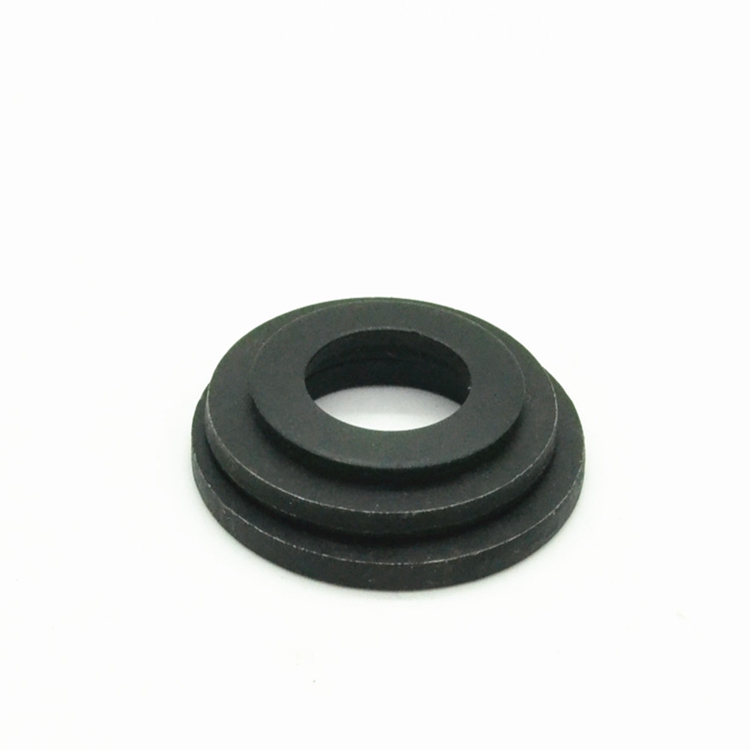Understanding the Applications and Differences Between Threaded Rods and Stud Bolts
Sep . 29, 2024 20:20 Back to list
Understanding the Applications and Differences Between Threaded Rods and Stud Bolts
Understanding Threaded Rods and Stud Bolts Essential Components in Fastening Technology
In the world of engineering and construction, the importance of reliable fastening solutions cannot be overstated. Threaded rods and stud bolts are two crucial components that play a significant role in various applications, from simple furniture assembly to complex structural engineering projects. This article explores the characteristics, applications, and differences between threaded rods and stud bolts, highlighting their significance in contemporary fastening technology.
What Are Threaded Rods?
Threaded rods, also known as all-thread rods, are long, cylindrical rods that are uniformly threaded along their entire length. This threading allows for easy connection to nuts, other threaded rods, or various components that require secure fastening. Typically made from materials like steel, stainless steel, or various alloys, threaded rods can withstand significant tension and are often used in conjunction with other fasteners.
Applications of Threaded Rods
Threaded rods are highly versatile and find applications in numerous industries, including
1. Construction They are often utilized in supporting structures, anchoring, and bracing. Their strength makes them ideal for concrete applications, where they can be embedded to provide additional support.
2. Mechanical Engineering In machinery and automotive applications, threaded rods serve as tie rods or tension elements, securing components together and maintaining alignment under dynamic loads.
3. DIY and Home Improvement Threaded rods are commonly used in projects ranging from building furniture to creating custom structures, making them a favorite among hobbyists and professionals alike.
What Are Stud Bolts?
Stud bolts are special types of fasteners characterized by a central unthreaded shank with threads on both ends. This design allows them to be securely tightened into two separate components, typically within a flange or coupling system. Stud bolts are predominantly used in high-stress applications where a significant level of clamping force is required.
Applications of Stud Bolts
threaded rod and stud bolt

Much like threaded rods, stud bolts are integral to various industries, such as
1. Petrochemical and Oil Industries Stud bolts play a crucial role in securing flanges in pipe so that they can effectively manage high pressures and diverse temperatures.
2. Mechanical Systems They are commonly used in machinery assembly, particularly where consistent clamping pressure is required to maintain the integrity of the system.
3. Marine and Aerospace Engineering Due to their reliability and strength, stud bolts are often chosen for critical applications in ships and aircraft, where safety and performance are paramount.
Differences Between Threaded Rods and Stud Bolts
While threaded rods and stud bolts may appear similar, their differences are essential to understand for proper application
1. Design Threaded rods have continuous threads along their length, whereas stud bolts feature threads at both ends with a central unthreaded shank. This design gives stud bolts specific advantages in applications requiring clamping between two separate components.
2. Use Cases Threaded rods can be cut to specific lengths as needed, making them adaptable for various applications. In contrast, stud bolts are typically standardized, as they are precisely engineered for specific fastening requirements, especially in high-stress environments.
3. Ease of Installation Threaded rods allow for greater flexibility during installation since they can be adjusted and cut to size. Stud bolts, on the other hand, are installed using nuts on each end, providing a more stable connection between two components.
Conclusion
Threaded rods and stud bolts are indispensable tools in modern engineering and construction. Their unique designs cater to diverse fastening needs, ensuring that structures and machines operate safely and efficiently. Whether you are involved in a DIY project or working on large-scale industrial applications, understanding the characteristics and appropriate uses of these fasteners will enhance your ability to ensure reliability and strength in your endeavors. As technology continues to advance, the development and adaptation of these components will undoubtedly play a crucial role in shaping the future of fastening solutions.
Latest news
-
High-Quality Panel Stud Bolt Reliable Panel Stud Bolt Factory & Suppliers
NewsJul.08,2025
-
High-Precision Fine Thread Locknuts Manufacturer & Supplier Custom Solutions
NewsJul.08,2025
-
PH Imperial Stud Bolt – High Strength Fasteners from Leading Supplier & Factory
NewsJul.07,2025
-
High-Quality Allen Wrench Bolts Leading Factory, Company & Suppliers
NewsJul.07,2025
-
Wholesale Ball Stud Bolt - High Quality Supplier & Factory Price Reliable Wholesale Ball Stud Bolt Company
NewsJul.06,2025
-
High-Strength Alloy Bolts Manufacturer & Supplier Quality Alloy Fasteners Factory
NewsJul.06,2025
